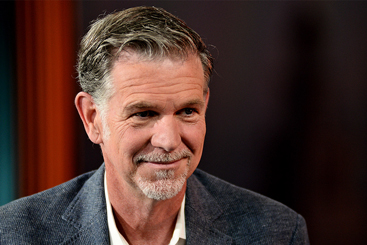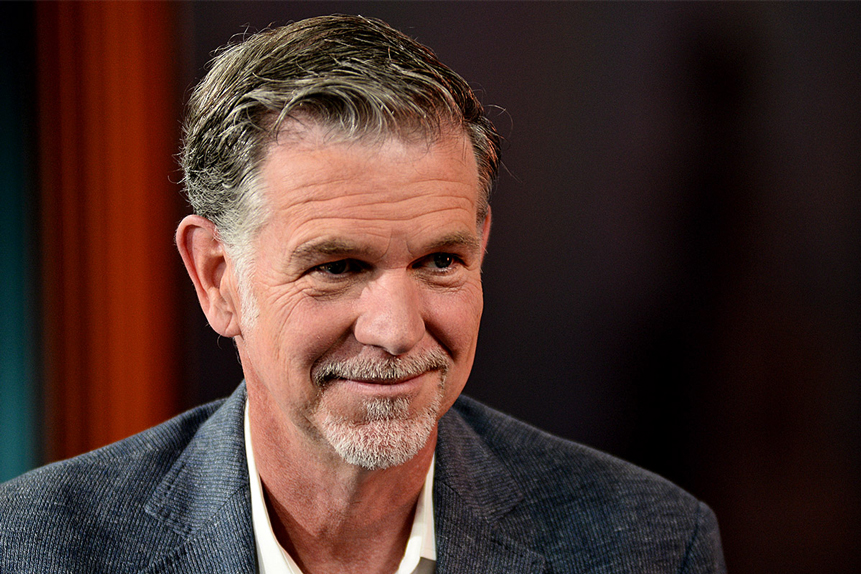
Tuesday, October 20, 2020
How will Q3 earnings affect Netflix’s share price?
تم إعداد هذا المنشور من قبل سنشري للاستشارات


Netflix’s [NFLX] share price has had plenty of ups and downs during 2020. Since March, the stock has predominantly been on an upward trend, closing at $530.79 on 16 October, up 77.6% from a low-point of $298.84 on 16 March. With the company due to report third quarter earnings on 20 October, investors will be watching closely to discover how the report affects Netflix’s share price.
Several underlying factors have adversely affected Netflix’s share price, which has seen periods of weaker performance in 2020.
In particular, a poor September saw Netflix’s share price fall as low as $469.96 and fail to return to above $500 until the end of the month. October has been more positive for Netflix’s share price, with a fast recovery driven by strong performances across the tech sector.
The stay-at-home effect boosting Netflix’s share price
Since the onset of the coronavirus pandemic, some companies’ performances — especially tech and entertainment platforms like Netflix — have registered impressive outperformances.
With lockdowns and shelter-in-place orders, people have had more time than usual to spend streaming movies and shows, explaining Netflix’s share price gain for the year to date.
Since March lows, Netflix’s share price has broadly followed this upward trend, as the company gained more than 10 million new US subscribers during Q2 and gave a target-beating Q2 earnings report in June.
However, Netflix’s share price suffered a dip early in September as encouraging reports about falling US unemployment rates emerged.
Netflix also suffered a backlash recently following its release of controversial film Cuties. The release had an adverse effect on the company and elevated subscription losses, according to Seeking Alpha. A social media campaign, #CancelNetflix, took root on Twitter and appears to have driven a spike in cancellations during September, accordingly triggering a drop in Netflix’s share price.
These kinds of fluctuations make Netflix’s Q3 earnings report tricky to predict, but on the whole forecasters seem positive. Zacks Equity Research’s consensus estimate for revenue projects $6.38bn net sales, a 21.5% increase on the same period last year and a 3.7% increase on the Q2 figure of $6.15bn.
Seeking Alpha is more optimistic still, forecasting $6.38bn in net sales, similar to the consensus forecast among CNN Money analysts. Seeking Alpha forecasts earnings per share to rise 34.6% from $1.59 to $2.14 since Q2, implying significant reductions in costs.
However, some are less optimistic. Laura Martin, analyst with Needham, outlines seven risk factors for Netflix’s share price performance, including greater competition from other subscription-based video on demand (SVOD) platforms, a worrying forecast on SVOD prospects from eMarketer and signs that Netflix as a platform has matured, increasing its cost-per-acquisition.
It appears possible that Netflix’s subscriber numbers will have fallen during Q3 2020. If Needham’s hypothesis is correct — that the conditions which drove Netflix’s outperformance through Q2 no longer apply — then the optimistic forecasts reported elsewhere for Netflix’s share price may be overblown.
Bullish forecast
Nonetheless, many analysts are bullish about the prospects for Netflix’s share price, with the consensus among analysts polled by CNN Money rating the stock a Buy. This was the view of 22 of the 43 analysts polled.
A minority are still pessimistic, with one analyst rating the stock Underperform and four recommending to sell.
From the projected share price among the 38 analysts offering 12-month forecasts on the stock, the consensus again seems to be positive, albeit with pockets of significant negativity. While the median target price was $568.50, a 7.1% increase on 16 October’s closing price, the high forecast of $670 represents a 26.2% increase, whereas the lowest estimate of $220 represents a huge decrease of 58.5%.
Until earnings are announced on 20 October, there will continue to be speculation and uncertainty over how well Netflix has actually ridden the storms this quarter.
Source: This content has been produced by Opto trading intelligence for Century Financial and was originally published on cmcmarkets.com/en-gb/opto
Disclaimer: Past performance is not a reliable indicator of future results.
The material (whether or not it states any opinions) is for general information purposes only and does not take into account your personal circumstances or objectives. Nothing in this material is (or should be considered to be) financial, investment or other advice on which reliance should be placed. No opinion given in the material constitutes a recommendation by Century Financial or the author that any particular investment, security, transaction or investment strategy is suitable for any specific person.
Century Financial does not endorse or offer opinion on the trading strategies used by the author. Their trading strategies do not guarantee any return and Century Financial shall not be held responsible for any loss that you may incur, either directly or indirectly, arising from any investment based on any information contained herein.
















